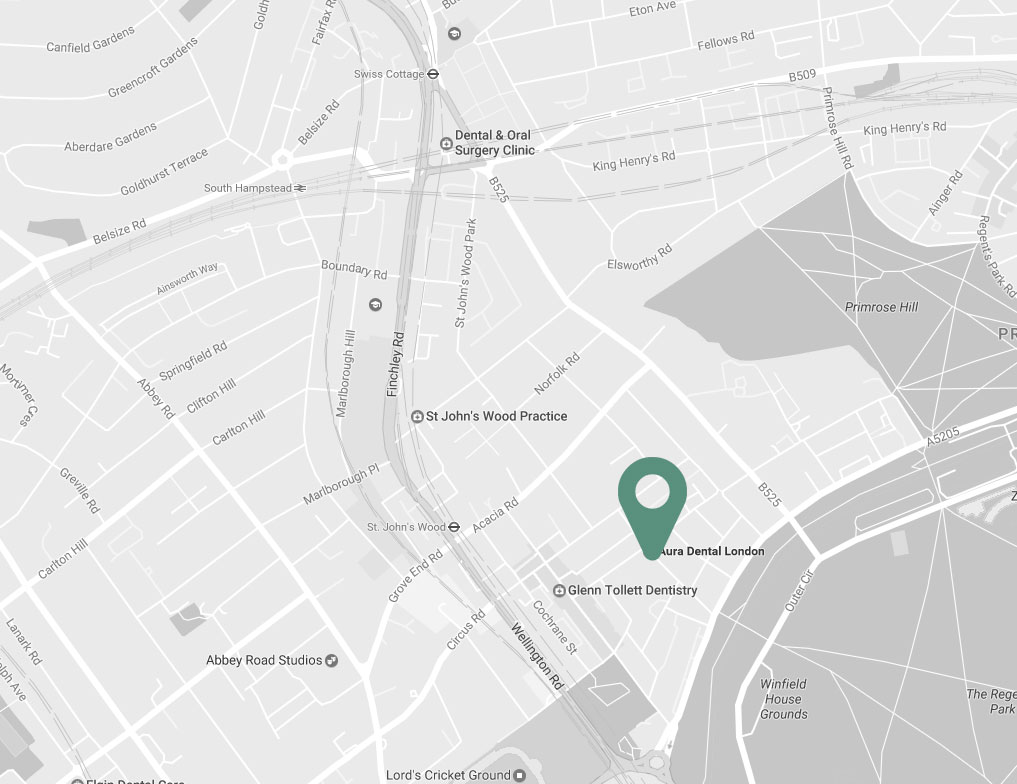
About 1.2 billion pounds of toxic chemicals were released into water and air in the USA in the last year. Less than 10% have had safety evaluations.
The most common sources of toxic chemicals are:
Studies have shown that mothers exposed to commercial pet shampoos (pyrethrins) are twice as likely to have a child with autism, especially when exposed during the second trimester. Another study has shown pesticide-exposed children (Mexico) to be more aggressive than children living in pesticide-free foothills. Children exposed to organophosphates are twice as likely to develop pervasive developmental disorder (PDD). Mothers exposed to organochlorines are more likely to have shorter pregnancies and children with impaired reflexes.
Phthalates are some of the most common sources of toxic chemicals. They are found mainly in plastics, after shave lotions, aspirin, nail polish and nail extenders, cosmetics, shampoo, insecticides, printing inks, pharmaceuticals, toys, makeup, upholstery. They have been accused among others for the decline in testosterone seen in men in the last years, as well as infertility, due to low sperm count and low sperm motility. Elevated blood levels of phthalates have been associated with early puberty in girls, hormone irregularities and children allergies.
The list of non-metal toxic chemicals and related symptoms is endless and I don’t mean to scare you! It is, for this reason, better to focus on the means of detoxification.
How to Detoxify?
Here are some easy ways to avoid toxic chemicals in your everyday life:
If you feel that you are already exposed to unwanted chemicals, here is some advice to detoxify:
If you are suffering from unexplained fatigue, headaches, migraines, brain fog, forgetfullness, itching, rashes, acne, PMS or poor digestion, make sure you discuss with your physician or nutritionist the possibility of increased toxicity.
REFERENCES
David E. Root, P. (2018). Diagnosis and treatment of patients presenting subclinical signs and symptoms of exposure to chemicals which bioaccumulate in human tissue. [online] Citeseerx.ist.psu.edu. Available at: http://citeseerx.ist.psu.edu/viewdoc/summary?doi=10.1.1.497.4725 [Accessed 13 Apr. 2018].
E A Guillette, I. (2018). An anthropological approach to the evaluation of preschool children exposed to pesticides in Mexico.. [online] PubMed Central (PMC). Available at: https://www.ncbi.nlm.nih.gov/pmc/articles/PMC1533004/ [Accessed 13 Apr. 2018].
Hauser R, e. (2018). Medications as a source of human exposure to phthalates. – PubMed – NCBI. [online] Ncbi.nlm.nih.gov. Available at: https://www.ncbi.nlm.nih.gov/pubmed/15121520 [Accessed 13 Apr. 2018].
Roberts, E., English, P., Grether, J., Windham, G. and Somberg, L. (2007). Maternal Residence Near Agricultural Pesticide Applications and Autism Among Children in the California Central Valley. Epidemiology, 18(Suppl), p.S52.
Travison TG, e. (2018). A population-level decline in serum testosterone levels in American men. – PubMed – NCBI. [online] Ncbi.nlm.nih.gov. Available at: https://www.ncbi.nlm.nih.gov/pubmed/17062768 [Accessed 13 Apr. 2018].
UC Davis Health System, P. (2018). UC Davis MIND Institute study finds association between maternal exposure to agricultural pesticides, autism in offspring. [online] Ucdmc.ucdavis.edu. Available at: https://www.ucdmc.ucdavis.edu/publish/news/newsroom/8978 [Accessed 13 Apr. 2018].


| Charlbert St, St John’s Wood London NW8 7BT |
|
| +30 6977 2099 88 | |
| info@naturopathy-med.com |